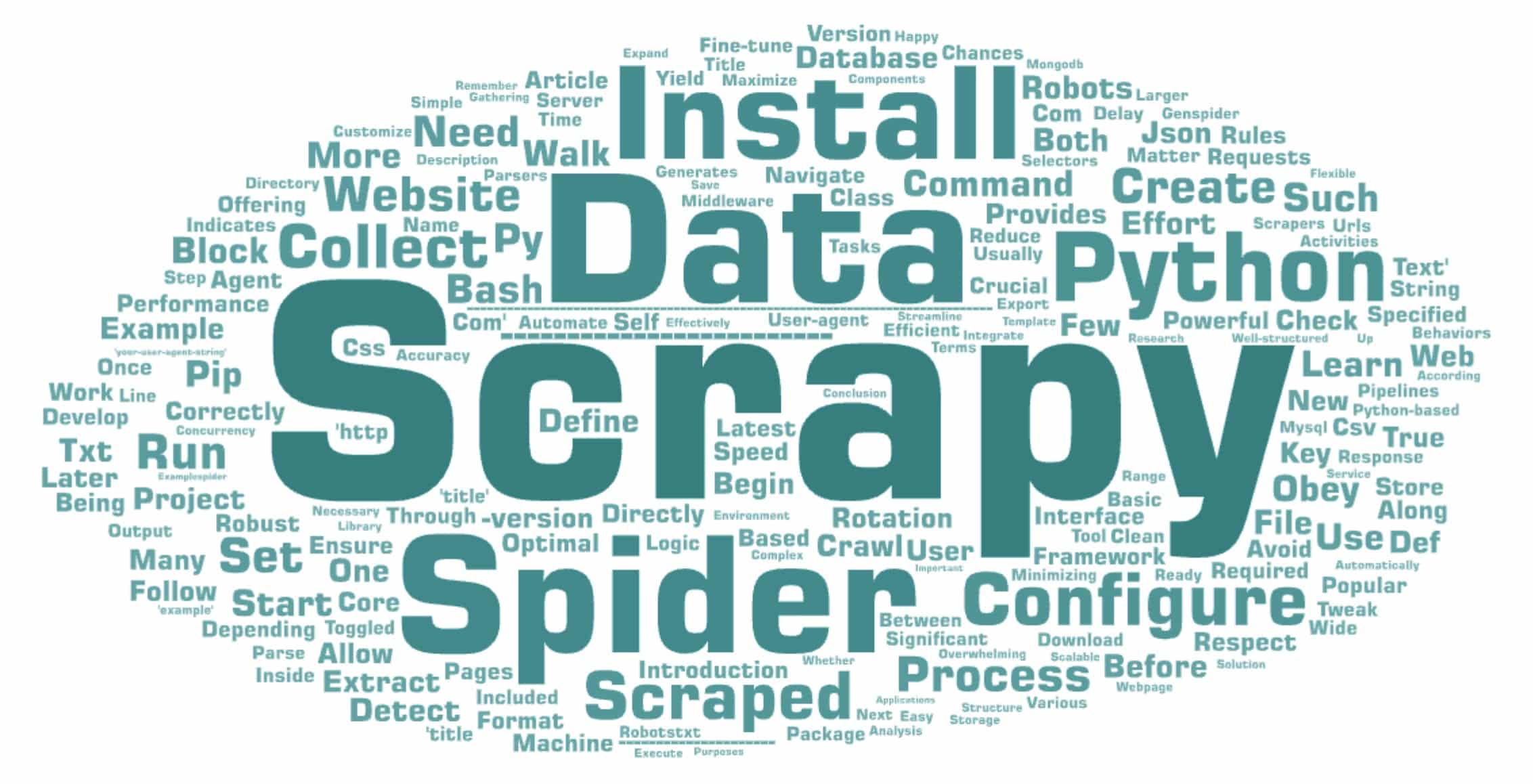
| Step | Description | Tools Required |
|---|---|---|
| Install Scrapy | Learn how to set up Scrapy in your environment. | Python, Pip |
| Configure Scrapy | Set up Scrapy settings for optimal performance. | Scrapy Configurations |
| Create Spiders | Develop spiders to crawl websites and collect data automatically. | Scrapy Spider Templates |
| Run Scrapy | Execute your Scrapy spiders to start gathering data. | Command Line Interface |
| Data Processing | Process and store the collected data in a structured format. | JSON, CSV, Databases |
Web scraping is a powerful tool for gathering data from the web, and automating this process can save significant time and effort. Scrapy is one of the most popular libraries for web scraping in Python, offering a robust framework for creating spiders that automatically collect and process data from websites. In this article, we will walk you through the steps of installing and configuring Scrapy, creating spiders, and running your scraping projects effectively.
How to Install Scrapy: Where Do You Start?
Before you can begin scraping, you need to have Scrapy installed in your environment. Scrapy is a Python-based library, so you’ll need Python installed on your machine. Follow these steps:
Install Python and Pip: Ensure you have Python 3.6 or later installed. Pip, the Python package installer, is usually included with Python. You can check if both are installed by running:
python --version
pip --versionInstall Scrapy: Use Pip to install Scrapy by running the command:
pip install scrapyThis command will install the latest version of Scrapy along with its dependencies. Once installed, Scrapy can be used to create and run scraping projects.
Configuring Scrapy: What Settings Matter?
After installing Scrapy, configuring it correctly is crucial for efficient data collection. Scrapy configurations allow you to fine-tune your scraping activities to maximize speed and accuracy while minimizing detection by websites.
User-Agent Rotation: Many websites detect and block scrapers based on their user-agent string. By rotating user-agents, you can reduce the chances of being blocked. This can be configured in settings.py:
USER_AGENT = 'your-user-agent-string'
Obeying Robots.txt: Scrapy has a setting to respect the robots.txt rules of a website, which indicates which pages should not be scraped. This can be toggled as needed:
ROBOTSTXT_OBEY = True
Download Delays: To avoid overwhelming a server with too many requests, you can set a download delay between requests:
DOWNLOAD_DELAY = 2
These are just a few key configurations. Depending on your needs, you might need to tweak other settings, such as middleware, pipelines, and concurrency.
Creating and Configuring Spiders: How Do They Work?
Spiders are the core components of a Scrapy project. They define how to navigate a website and extract the necessary data.
Create a New Spider: To create a spider, navigate to your Scrapy project directory and run:
scrapy genspider example example.comThis command generates a basic spider template. You can then customize the spider to crawl and extract the data you need from a website.
Configure the Spider: Inside the spider file, you can define the start URLs, parsing logic, and other behaviors:
class ExampleSpider(scrapy.Spider):
name = 'example'
start_urls = ['http://example.com']
def parse(self, response):
title = response.css('title::text').get()
yield {'title': title}
This simple spider extracts the title of a webpage. You can expand this to extract more complex data by using Scrapy’s powerful selectors and parsers.
Running Scrapy: How Do You Collect Data?
Once your spiders are ready, you can run them to start collecting data. Use the command line to execute your spider:
scrapy crawl example
The spider will start crawling the specified URLs and extract data according to your configurations. The data can be output to various formats such as JSON, CSV, or directly to a database.
Processing and Storing Data: What’s Next?
After collecting the data, you need to process and store it. Scrapy provides pipelines to clean and structure the data before saving it:
JSON or CSV Output: You can export the data to JSON or CSV formats by specifying the format in the command line:
scrapy crawl example -o output.json
Database Storage: For larger projects, it’s often more efficient to store the data directly in a database. You can integrate Scrapy with databases like MySQL or MongoDB using pipelines.
Conclusion
Automating web scraping with Scrapy is both powerful and efficient. By correctly installing and configuring Scrapy, creating well-structured spiders, and processing the collected data effectively, you can streamline data collection processes for a wide range of applications. Whether you’re collecting data for analysis, research, or other purposes, Scrapy provides a flexible and scalable solution for web scraping tasks.
Remember, as with any powerful tool, it’s important to use Scrapy responsibly and respect the terms of service of the websites you’re scraping. Happy scraping!







Comments (0)
There are no comments here yet, you can be the first!